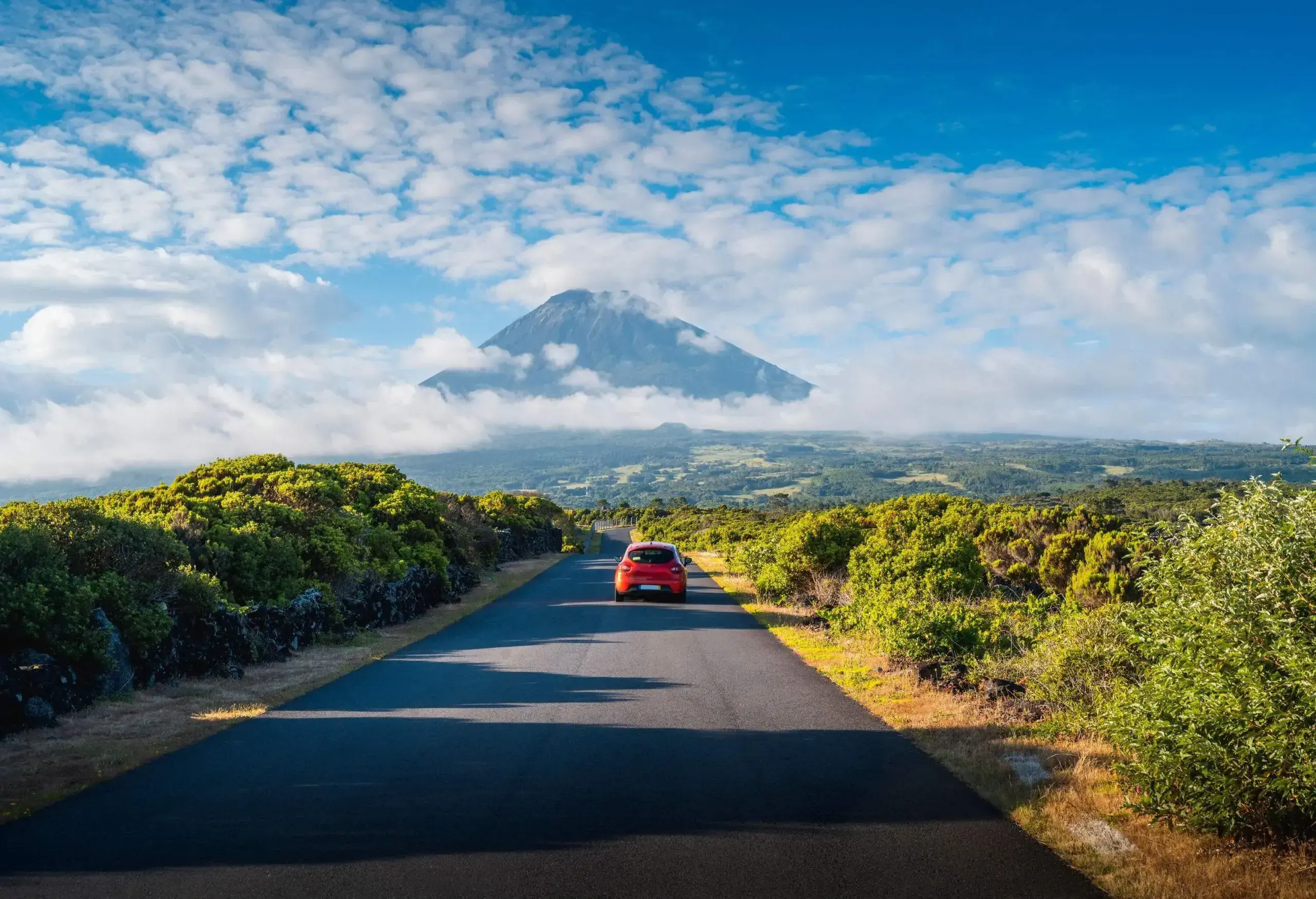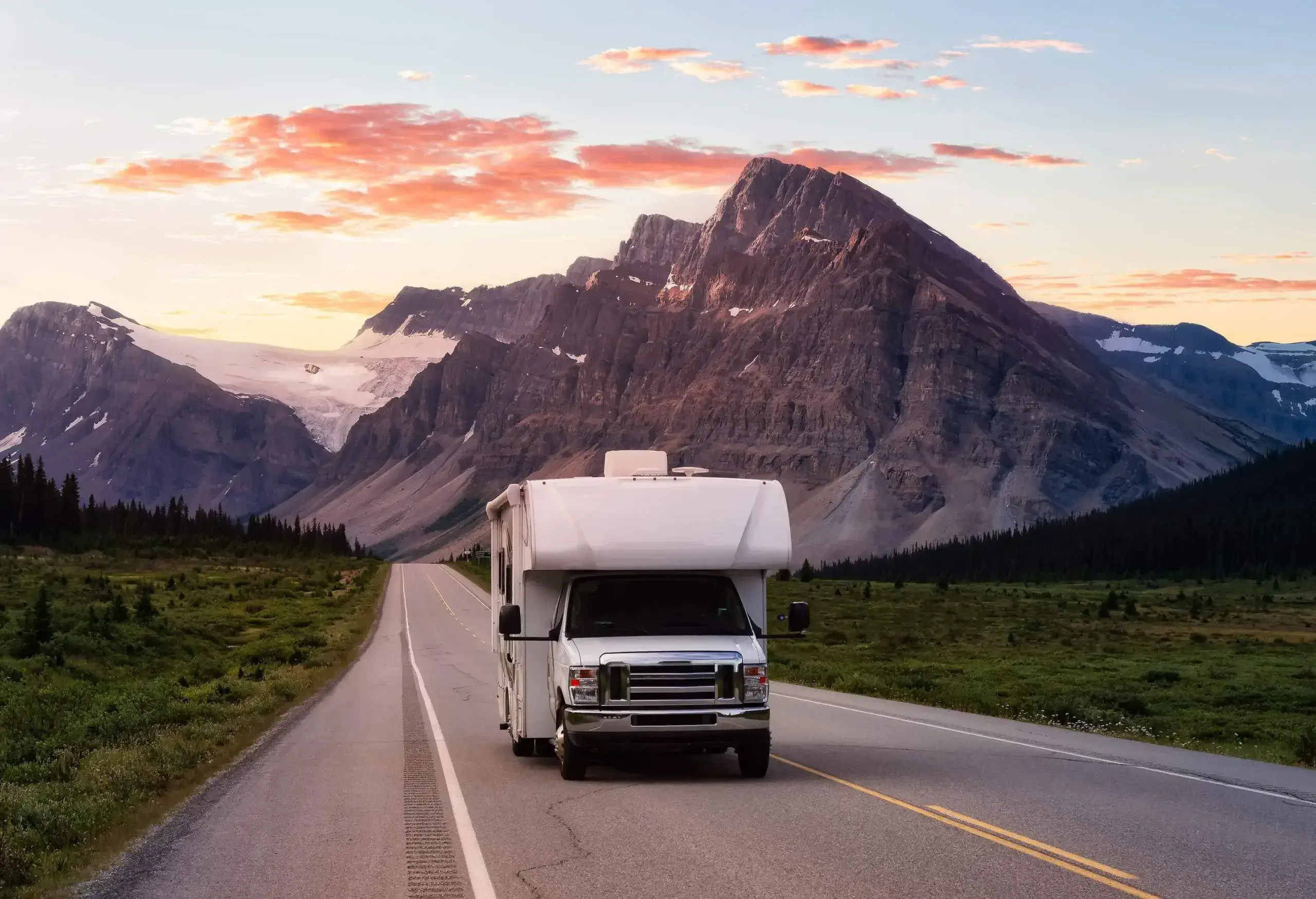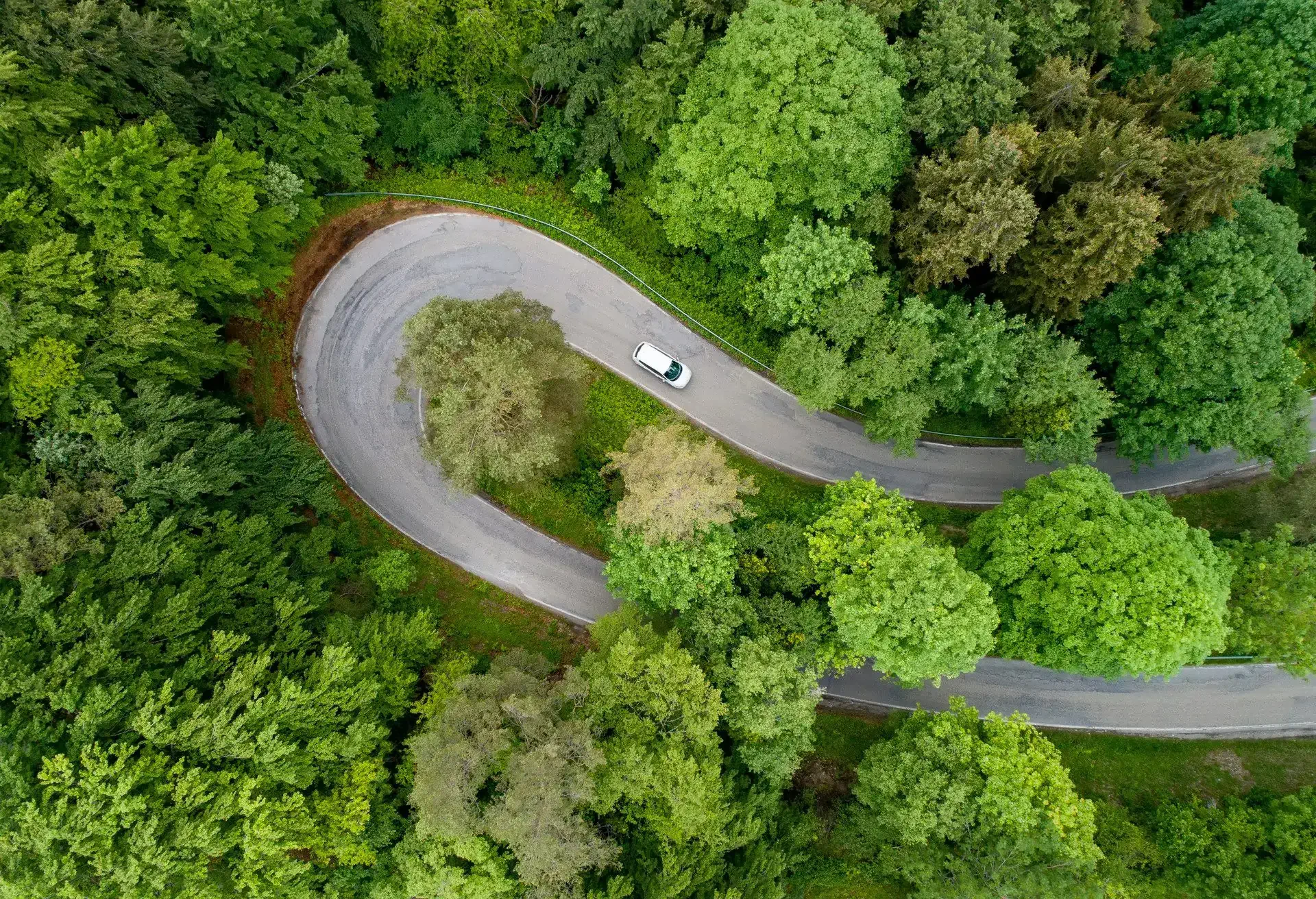Ahhh, the road trip. In the entire canon of travel phrases, few are as evocative as that combination of two simple nouns. To me it evokes images of the Pacific Coast Highway – deserted coastal roads snaking along rocky cliffs under impossibly blue skies. Top down, engine revving, and the wind whipping through my hair. It’s impossible not to smile at the thought – or memory.
We’re not all lucky enough to own the kind of convertible, classic car, or campervan that such dreams are made of. But hiring a car for a road trip changes that. It opens up endless possibilities for what vehicle to get and, even more importantly, where it can take you. Buckle up, because here’s what you need to know for the (road) trip of a lifetime.
Should I hire a car or use my own?
Perhaps the most important thing to get right when planning a road trip is your wheels. If you already have a car, the most obvious thing to do is use it for your trip. But that may not be the right decision.
Reasons to hire a car for a road trip
The most obvious reason to hire a car is the versatility it gives you to pick the perfect vehicle. Whether you splash out on something extravagant or hire a home on wheels with a campervan, the choice is yours.
Hiring a car also avoids adding mileage to your own. That can be especially important if you lease your car and have mileage restrictions, or your car is old or unreliable. If your trip is long, the mileage and wear to your car could be costly down the line in maintenance.
Hire cars also often come with handy extras. If you’re crossing borders during your trip, international insurance is easy to organise. And most hire cars come with roadside assistance, an essential for any trip no matter your destination.

Reasons to use your own car for a road trip
The biggest downside to hiring a car is cost. Facing a potential fee of hundreds or even thousands of pounds can be intimidating and sway your decision immediately. Specialist vehicles like a campervan or convertible can be particularly expensive.
Convenience can also be a factor. Using your own car means no deadlines and no hidden fees – something car hire companies are infamous for. The familiarity of driving your own car can also reduce any anxiety you may have about driving long distances.
Finding the sweet spot between hiring or not can be tricky. My rule of thumb is the thousand-mile mark. If a trip is longer than that, I’ll almost always opt for a hire car. The longer you rent for, the lower the daily cost will be. And anything over 1,000 miles means significant wear on the car, meaning hiring is often more cost-effective in the long run.
How much does renting a car for a road trip cost?

The cost of your road trip will obviously depend on the vehicle you hire and how long you hire it for. It can also depend on when and where you hire from. If you’re trying to decide if it’s cheaper to hire a car, take public transport, or even fly to your destination, these are the things to consider.
The type of hire car
Not to sound obvious, but the bigger and flashier your hire car is, the higher the cost. Unless you’re going for something specialist, try to find the balance between price and comfort.
If you’re splashing out on a big road trip, don’t spend it uncomfortably wedged into the wrong car just to save some money. Equally, there’s no need to hire a huge, gas-guzzling 4x4 for a romantic couple's trip. Choosing a car in the right category can save you a lot of money.
When you book a hire car
As with plane tickets, booking your car hire in advance will be cheaper. Typically, you should start checking prices a month before your departure date and look to book two weeks before. Using a site like KAYAK will help you compare deals across different platforms, which is almost always cheaper than booking directly.
Where you hire your car from

The cheapest way to hire a car for a road trip is to do it online, in advance. You’ll always pay more if you book at the counter on the day.
It’s equally important to think about where you hire from. Hiring at airports and transport hubs is almost always more expensive than doing so at city centre or suburban locations. If you’re flying in, you may not have much choice other than the airport. But if you can, going slightly out of your way to collect your hire car may make it much cheaper.
Where you return your hire car
If you can, return your hire car to the same place you collected it. One of my favourite things about road tripping is having a destination to aim for – a coast-to-coast road trip, for example. But the cost of leaving your hire car on the other side of the country can be a nightmare.
Many hire companies impose significant fees for just such a service. On a recent road trip from San Diego to Cabo San Lucas, I couldn’t face the return drive. But the hire company fees to leave the car and fly home were enough to get me back behind the wheel.
Prepaying for petrol
Don’t take the car hire agency’s offer for the prepaid full tank option. Unless you use every drop of petrol in the tank, you’ll inevitably be paying for fuel you don’t use. They may also charge a premium for the service. Instead, simply opt to return the vehicle with a full tank and fill up as close to the return point as you can. Any GPS or mapping app will be able to direct you to a convenient petrol station.
What sort of vehicle should I hire?
Your vehicle should depend on your trip. If you’re taking on dirt tracks and rough roads on a cross-country odyssey, a compact city runabout won’t cut the mustard. Similarly, if you’re heading into the wilderness with few facilities, a campervan may be more practical than a Mustang convertible.
And if you’re a proponent of electric vehicles, make sure to check and plan your recharge points en route. The further from cities you are, the less likely you are to find charge points.
What sort of insurance do I need?
While insurance is essential for hiring a car, it can be a bit of a minefield choosing the right one. Hire cars usually come with different levels of cover, often at wildly different prices. Some will cover just your hire vehicle. Others will cover any injuries or damage you might cause to yourself, your passengers, or others.
The most sensible option is to take out full insurance to cover all eventualities, but it’s not always that simple. For the full lowdown, check the KAYAK complete guide to car hire insurance.
If you’re taking your own car, you should check with your insurer that your policy meets your needs. If you need to add another driver or are driving internationally, you may need to pay a premium.
How many miles can I drive?
Unless your trip is a short one, check that your hire car comes with unlimited mileage. A reasonably new phenomenon, car hire companies are now squeezing extra money out of hire cars with mileage restrictions. This is often as little as 100 miles a day, with per-mile charges afterwards that can soon mount up.
Can I cross borders in a hire car?

It’s usually no problem to cross borders in your hire car, but you should always check with the hire company first. Some may impose a small daily fee while you’re driving internationally. Don’t forget to make sure the roadside assistance/breakdown cover is also valid!
Conclusion
Your road trip is built around the vehicle you’re driving, so it’s worth making sure you’re behind the right wheel. That’s true whether you’re on an epic family journey or a romantic couple’s break.
Once you’ve chosen your route and vehicle, the KAYAK car hire guide will help you get the best deal. Then it’s just a case of buckling up, cranking up the tunes, and hitting the road. Just don’t forget the snacks!













